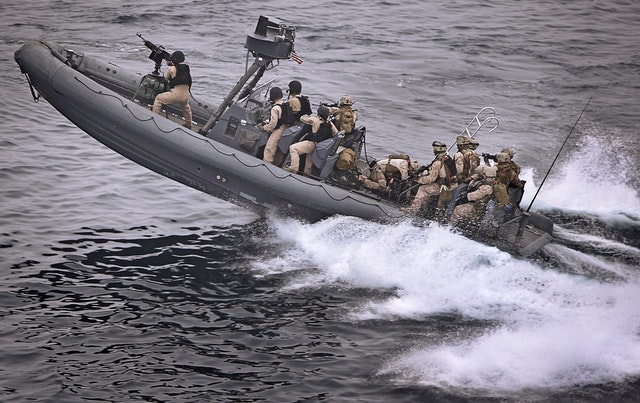
Army infantry and Marine infantry are similar in some ways, however, they even have major differences in keeping with size, function, and duties. Here’s what to grasp about Army infantry vs. Marine infantry and also the ways in which they differ:
1. Mode of operation
The core difference between the military infantry and therefore the Marine infantry is their mode of operation. While Marine infantry operates by sea, land, and air to support warfare, the military infantry operates by land and air only. Another difference is that the military occupies a territory while USMC invades territories.
2. Size
The Army infantry is much larger than the United States Marines infantry. The Army’s force strength provides the flexibility for sustained operations on the bottom that has been secured.
3. Organization
The Army infantry may be a subdivision of the military chain of command and receives guidance from the Secretary of Defense, Secretary of the military on right down to Division level commanders. The USMC, however, falls under command of the Department of the Navy but also has senior-level leadership within the Commandant of the US Marine Corps, and naval unit officers in senior Department of Defense positions. The regular army is countermined into Battalion and Company size for both the US Marine Corps and armed forces Infantry. this is often where the mission is dispensed by small unit enlisted leaders and junior officers. One major distinction between Marine and military infantry is medical services rendered. the military has its own medical corps, while the Navy supplies Corpsmen to the US Marine Corps that perform field aid and are hospital nurses.
4. Training
They’re trained on the total spectrum of warfare. While the military expects support from the headquarters with logistical help, the Marine infantry doesn’t have that luxury.
5. Equipment
There are some small variations geared or weaponry, but an infantryman will typically carry a flak jacket, or Kevlar vest, a helmet, ammo, gloves, communication great, eyewear, water, an M16 or M4, combat boots, and a tiny low aid kit.
This gear can vary supported terrain, mission, and climate. Small units also will have a delegated infantryman carry an automatic weapon like a SAW or M249 which will provide firing, and oftentimes a Navy Corpsman or Army Medic is attached to a unit to supply medical expertise within the field. Both the United States Marines and military train work with helicopter insertion, the United States Marines make a specialty of military action vehicles, and both operate MRAPS/Humvee’s or similar light transport vehicles.
